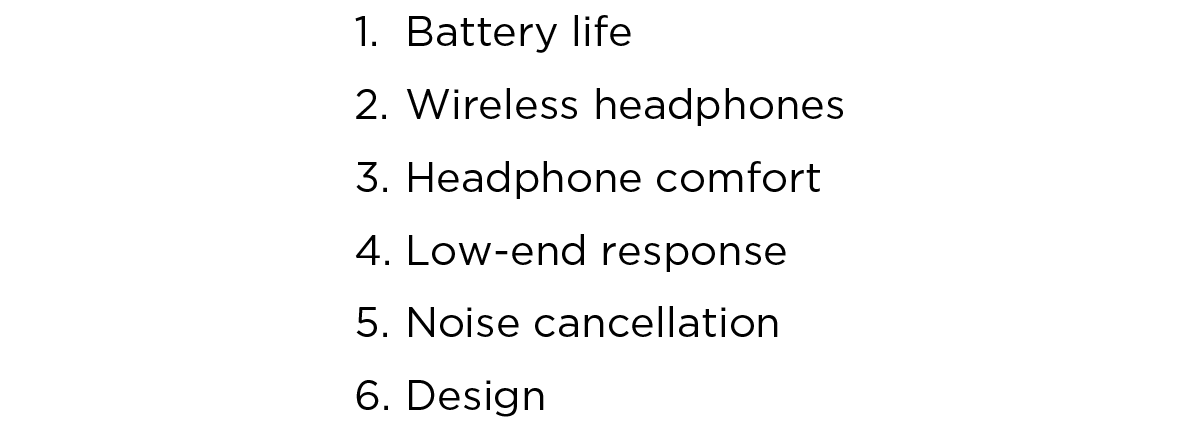“So often people are working hard at the wrong thing. Working on the right thing is probably more important than working hard.” – Caterina Fake, Flickr Co-Founder
MaxDiff, also known as Best-Worst Scaling, is a technique used to do conjoint analyses—statistical techniques used in market research to determine how people value different attributes.
MaxDiff surveys are a great way to compare many alternatives and capture data on trade-offs without overwhelming respondents.
The survey creates a single rank ordering of the most important features:
- Feature A
- Feature B
- Feature C, etc
Data are calculated by showing users or customers four or five features at a time, and asking them to select the least and most important in their opinion.

How to Do a MaxDiff Analysis
To run a MaxDiff survey, I recommend using an established survey tool like Sawtooth Software’s or SurveyGizmo’s. Both have built-in functionalities to help analyze the survey data. While it’s not impossible to analyze the results on your own, it can introduce risk in your analysis.
You want clear segmentation for MaxDiff surveys. The results won’t be reliable if you survey across target profiles.
Because you need a statistically valid representation of the target population—150-300 participants for every segment you’re exploring—you need to ensure that you can recruit this number of participants. Create the list of features you want to test. Run them by contacts or colleagues to make sure they’re as clear as they can be. It should be nearly impossible for respondents to misinterpret these features when taking the survey.
Test at most 25 features, showing each feature at least three times to each respondent.

It’s important to note that, even though MaxDiff gives you quantitative data, the results are still extremely qualitative in nature. The analysis will tell you how important attributes are, relative to one another. It won’t tell you whether they’re important in general.
Context will determine a lot of the trade-offs people are willing to make, so it’s a good idea to combine this analysis with a Willingness to Buy analysis.
With a large data set, you’ll be able to compare responses per sub-segment to identify breakout opportunities.
– –
This post in an excerpt from Solving Product. If you enjoyed the content, you'll love the new book. You can download the first 3 chapters here →.